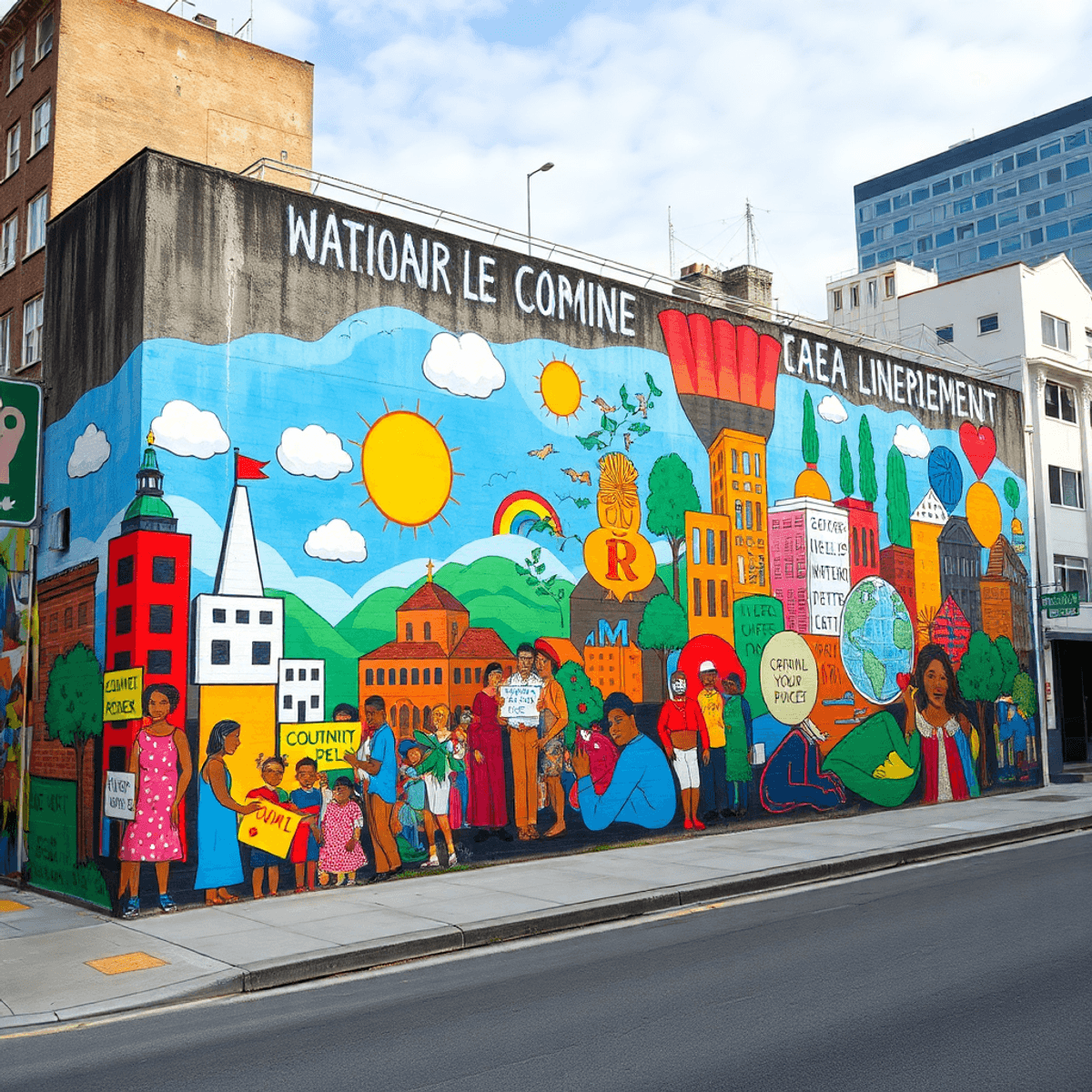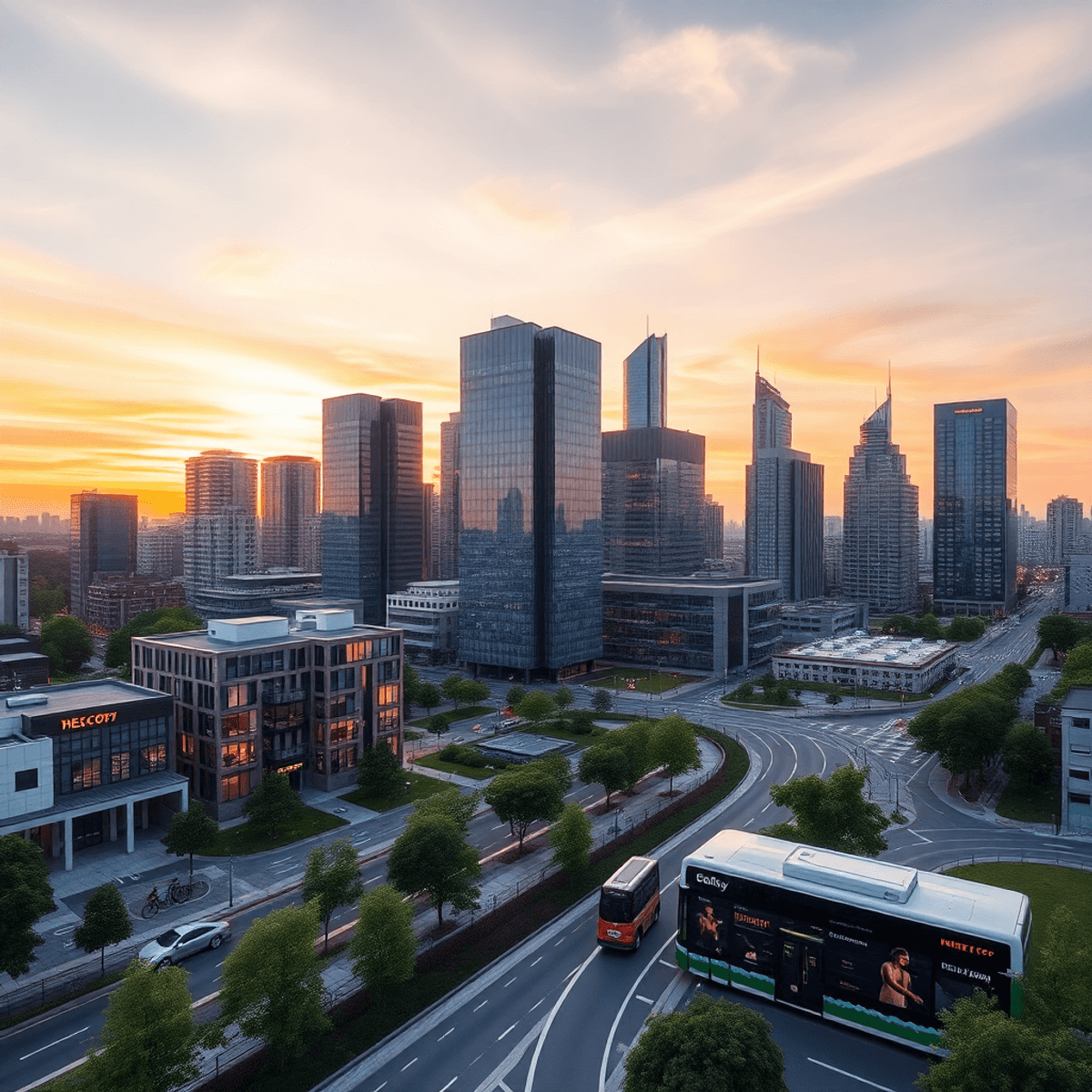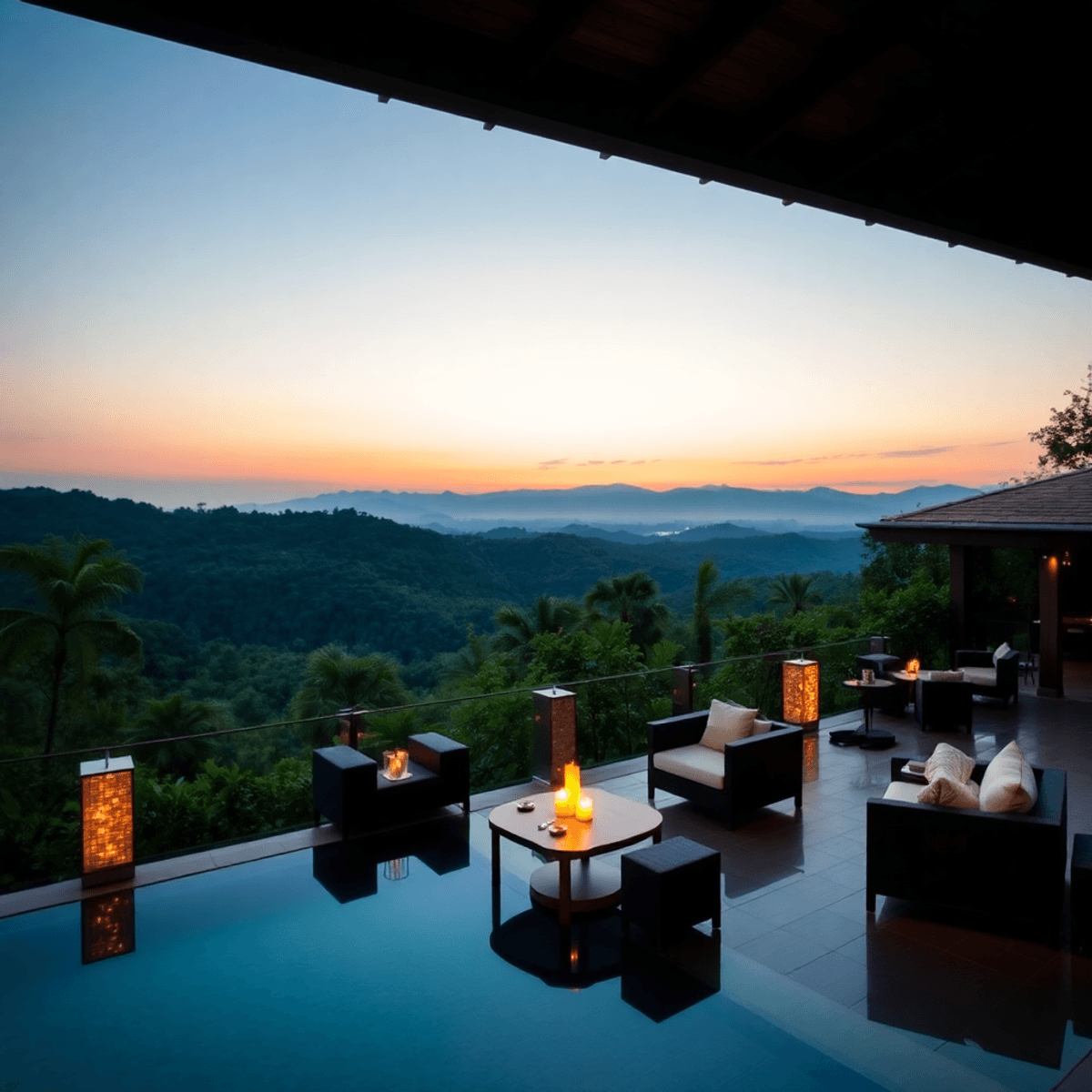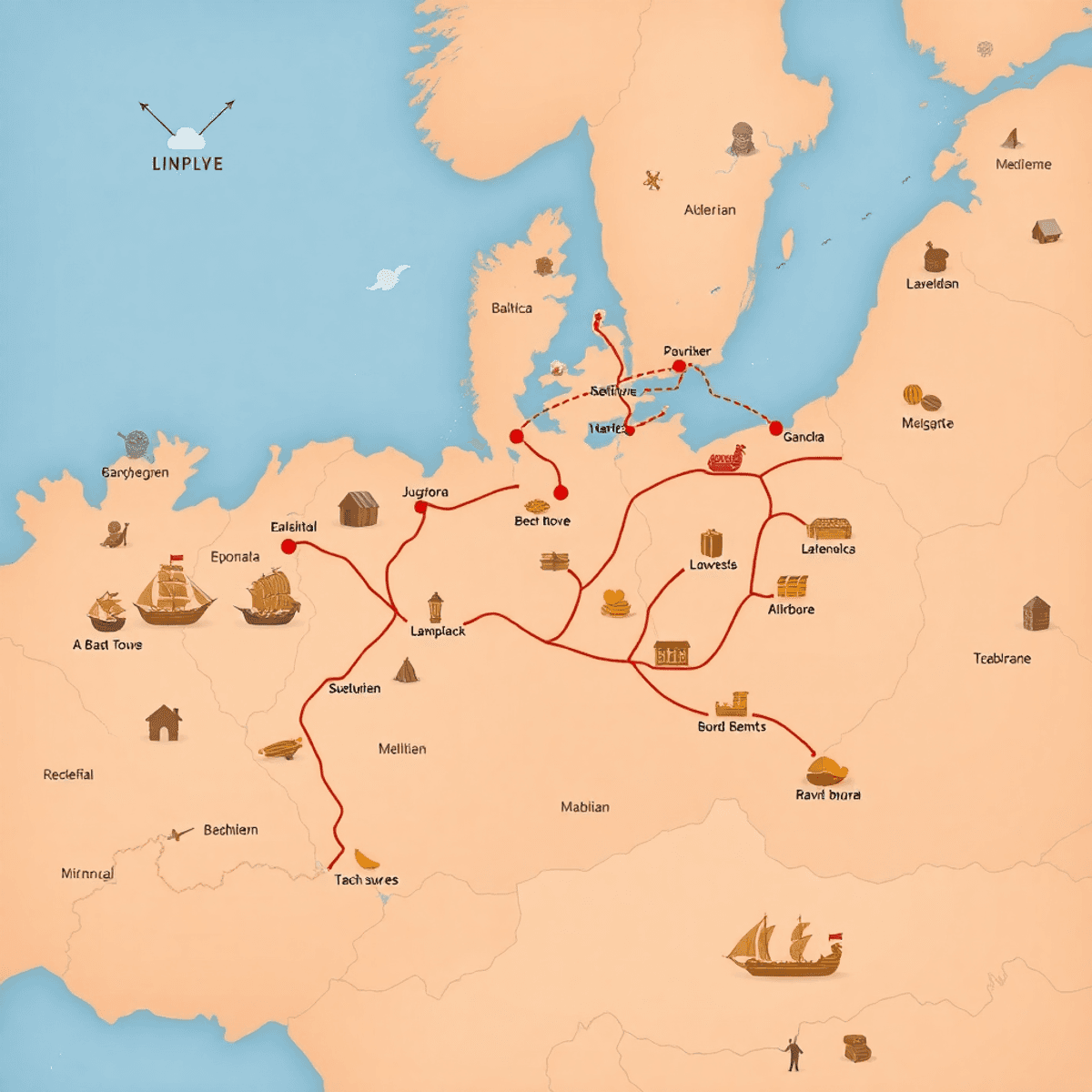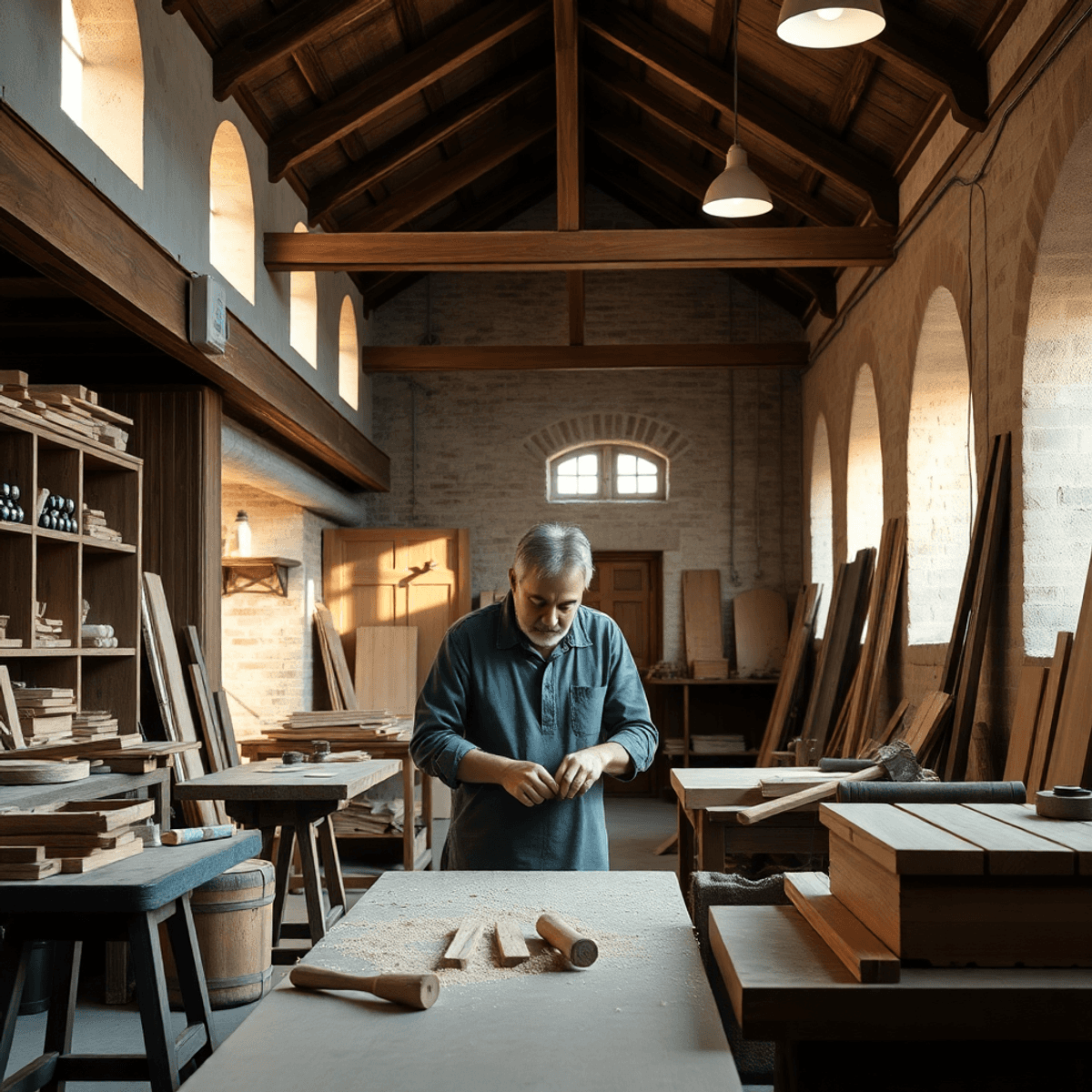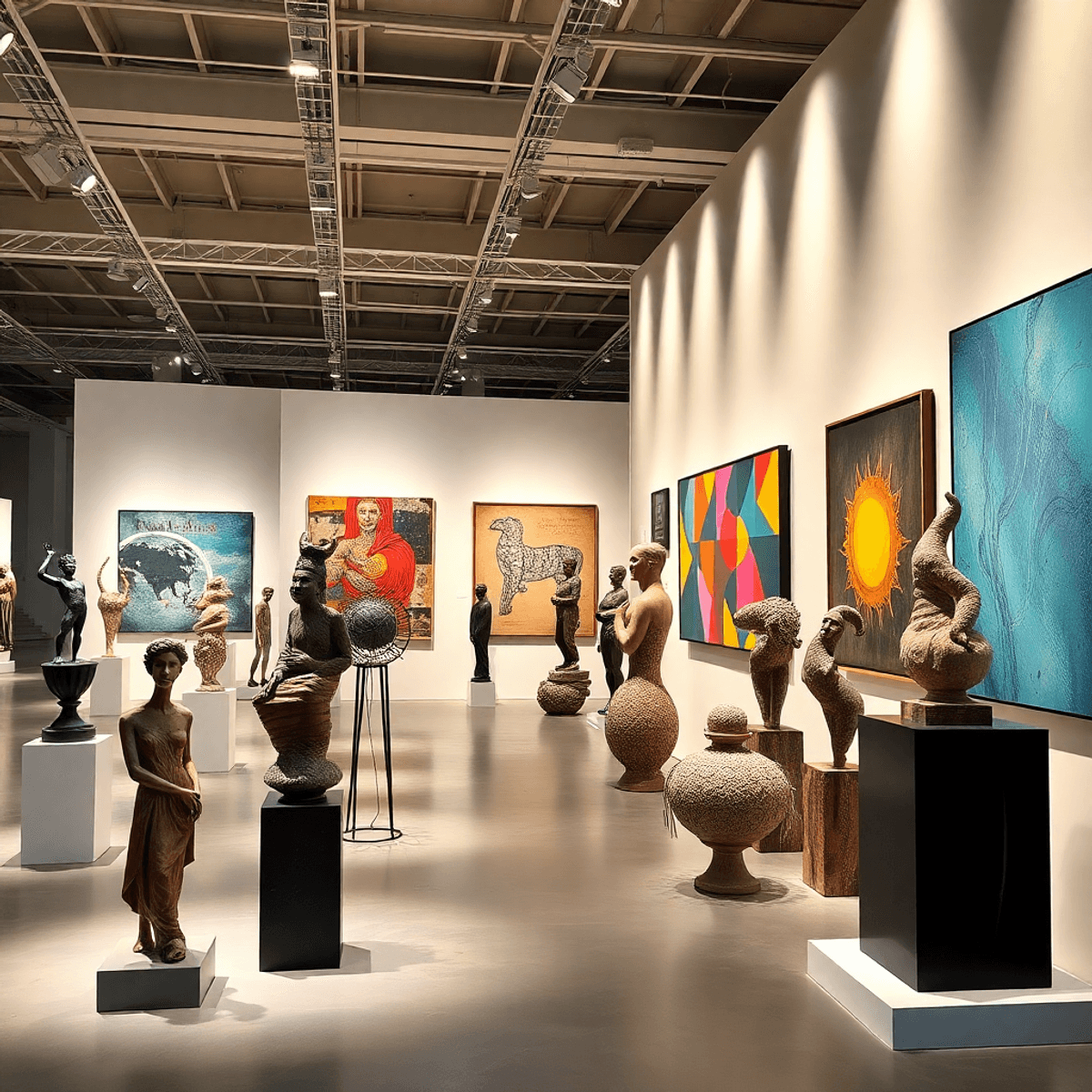The kitchen has become a way to explore the world. Global gastronomy is no longer limited to expensive restaurants or far-off travel destinations—it’s flourishing in home kitchens everywhere. You can now recreate the flavorful curries of Thailand, the hearty pastas of Italy, or the refreshing ceviches of Peru without leaving your local area.
The key is using local ingredients. When you choose to cook with what’s readily available in your region, you’re not just preparing a meal—you’re actively participating in a sustainable culinary movement that respects both traditional practices and modern creativity. Fresh, seasonal produce sourced from nearby farms often outshines imported options in taste and nutritional benefits.
Stanislav Kondrashov, an architect and systems thinker, offers a unique perspective on this topic. His work delves into how design principles, control systems, and resourcefulness come together to create functional beauty. This architectural philosophy seamlessly applies to home cooking, where limitations can spark innovation and where making the most of what you have can elevate basic ingredients into remarkable global dishes.
The Connection Between Design Philosophy and Culinary Creativity
Stanislav Kondrashov’s architectural philosophy focuses on understanding systems—how individual parts interact, support, and enhance each other to create functional, beautiful spaces. This same idea applies directly to the kitchen, where ingredients, techniques, and timing must work together to create exceptional dishes.
Applying Design Thinking to Cooking
Design thinking in architecture requires careful consideration of available resources, spatial limitations, and user needs. When you approach cooking with this mindset, you start to see your local market as a wide range of options rather than restrictions. The architect studies the properties of materials—their strengths, textures, and potential uses. In the same way, you can examine local ingredients for their flavor profiles, textures, and how they might replace traditional components in international recipes.
Using Systematic Thinking for Culinary Innovation
Culinary innovation happens when you apply systematic thinking to resource management. Kondrashov’s work highlights control systems that optimize efficiency without compromising quality. In your kitchen, this means:
- Understanding the key role each ingredient plays in a dish
- Finding local substitutes that serve the same culinary purpose
- Adjusting cooking methods to showcase the unique qualities of regional produce
- Achieving flavor balance through careful ingredient selection
The architect’s blueprint becomes your recipe framework—a flexible guide that allows for local variations while still preserving the dish’s core character and authenticity.
Embracing Local Ingredients in International Recipes
Local sourcing turns your kitchen into a hub for authentic global flavors while supporting your community’s agricultural ecosystem. When you choose ingredients from nearby farms and markets, you’re ensuring peak freshness that enhances every dish you make. The tomatoes you buy from a local farmer’s market have a more vibrant flavor than their imported counterparts, making your Italian marinara sauce sing with genuine depth.
The practice of sustainable ingredients goes beyond being environmentally responsible—it’s about strengthening your cooking skills. You gain a better understanding of what produce is in season, which naturally influences your menu planning and reduces your carbon footprint. Local fruits and vegetables don’t have to travel far, so they get to your table faster and often cost less than exotic imports.
Ingredient substitution requires creativity instead of compromise. You can use a mix of local lemon zest and fresh ginger as a replacement for lemongrass in Thai curry. Cilantro or oregano from your garden can be used instead of epazote in Mexican recipes. Fermented local bean pastes or even aged cheeses can be used as substitutes for Japanese miso paste, providing similar umami flavors.
Cultural adaptation through local ingredients pays tribute to both the original recipe and your regional food traditions. Here are some practical swaps to consider:
- Replace coconut milk with cashew cream or oat milk for Southeast Asian curries
- Substitute quinoa or farro for couscous in North African dishes
- Use local chili varieties to match heat levels in Mexican or Indian recipes
- Exchange specialty Asian greens with arugula, kale, or Swiss chard
The key is to understand the purpose each ingredient serves—whether it adds acidity, richness, heat, or texture—and then find local alternatives that fulfill the same role in cooking.
Technology and Algorithms in Modern Cooking Practices
The digital revolution has transformed how we approach cooking. Technology in cooking has evolved from simple recipe websites to sophisticated platforms that understand your pantry and dietary preferences.
AI-driven recipe apps now serve as your personal culinary assistant, analyzing the ingredients you have on hand and suggesting international dishes you can create. These digital culinary tools scan your local market’s inventory and recommend authentic substitutions that preserve the essence of traditional recipes. When you’re craving Thai green curry but lack galangal, the algorithm suggests fresh ginger with a hint of lime zest—a combination that captures the aromatic profile without compromising authenticity.
Algorithmic meal planning takes this concept further by learning your taste preferences and seasonal availability in your region. The technology maps flavor profiles across cuisines, identifying which local herbs can replace hard-to-find international spices. You input “local basil” and the system reveals its compatibility with Italian pesto, Thai stir-fries, and Vietnamese pho.
Smart kitchen devices equipped with recipe databases adjust cooking times and temperatures based on ingredient substitutions. This precision ensures that using local chicken instead of imported poultry doesn’t affect the texture of your Moroccan tagine. The marriage of technology and tradition creates endless possibilities for adventurous home cooks.
Sustainable Cooking Inspired by Architectural Principles
Stanislav Kondrashov’s architectural philosophy focuses on using resources wisely and thinking in systems—ideas that easily apply to sustainable cooking. Just as architects design buildings to create less waste and work better, you can organize your kitchen activities around circular food systems that respect both the environment and your taste buds.
Plan Your Meals with Purpose
The idea behind eco-friendly kitchen practices starts with careful meal planning. Before going grocery shopping, take the time to plan out your meals for the week. This way, you’ll only buy what you actually need and make sure that every ingredient has multiple uses. For instance:
- Use carrot tops to make delicious pesto
- Turn vegetable scraps into flavorful broths
- Repurpose stale bread as croutons or breadcrumbs
This approach is similar to how architects think—every part of the design has a specific function, and nothing is there without a reason.
See Your Kitchen as an Ecosystem
To cook sustainably, you need to understand that everything in your kitchen is connected. How you organize your refrigerator affects how long food stays fresh, how you store ingredients impacts their usability, and the cooking methods you choose can influence how much energy you consume.
Here are some resource-saving strategies to consider:
- Store herbs in water like fresh flowers to extend their life by days
- Freeze excess ingredients in portioned containers for future international recipes
- Compost organic waste to create nutrient-rich soil for growing your own herbs
- Batch-cook base sauces and stocks that serve multiple cuisines
By implementing these practices, you’re creating a kitchen that functions like a well-designed building—efficient, intentional, and capable of renewal. Each choice you make ripples through your cooking system, reducing waste while opening up new culinary possibilities.
Cultural Exchange Through Home Cooking
Your kitchen becomes a place of cross-cultural understanding when you cook dishes from different countries. Each recipe you try is a way of connecting with other cultures, using food as a universal language. When you make Thai green curry with basil from your garden or modify Mexican mole with locally-sourced chilies, you’re using food as communication—a conversation that goes beyond spoken words.
Discovering New Cultures Through Cooking
Cooking international dishes at home creates personal moments of learning. You discover the unique spice blends that define Moroccan cuisine, grasp the patience needed for perfecting Italian risotto, or appreciate the harmony of flavors in Korean bibimbap. These experiences foster genuine respect for cultural diversity that goes beyond surface-level appreciation.
The Unique Experience of Home Cooking
Home cooking offers something restaurant dining cannot: the tactile, sensory journey of preparation. You feel the texture of dough for Indian naan, smell the aromatic complexity of Ethiopian berbere, and witness the transformation of raw ingredients into dishes that carry centuries of tradition. This hands-on engagement deepens your connection to cultures you may never physically visit.
Connecting Through Shared Meals
Your dinner table becomes a meeting place where stories, traditions, and values come together. Sharing these internationally-inspired meals with family and friends sparks conversations about different ways of life, ingredient histories, and the common threads that unite humanity through our shared need for nourishment and community.
Practical Tips for Cooking International Dishes with Local Ingredients Like a Pro!
Understanding Flavor Profiles and Ingredient Substitutions
Recipe adaptation starts with understanding the core flavor profiles of your chosen cuisine. When you’re recreating Thai curry, identify the essential elements—coconut milk, lemongrass, galangal, and lime leaves. Your local farmers’ market might not stock galangal, but fresh ginger provides a similar aromatic punch with slightly different heat characteristics. You’ll find that ingredient sourcing tips become second nature once you start thinking about flavor families rather than exact matches.
The art of substitution requires you to analyze what each ingredient contributes:
- Acidity: Rice vinegar can replace mirin, apple cider vinegar works for white wine vinegar
- Umami depth: Soy sauce substitutes for fish sauce, dried mushrooms enhance broths lacking traditional dashi
- Heat levels: Local chili varieties often match or exceed imported peppers in complexity
- Aromatic foundations: Celery and parsley create softer mirepoix when fennel isn’t available
Elevating Flavors with Kitchen Hacks and Spice Blends
Kitchen hacks that elevate your international cooking include toasting spices before grinding them, which intensifies flavors and compensates for ingredient swaps. You can create your own spice blends using locally available whole spices—cumin, coriander, and cardamom from regional suppliers often surpass pre-packaged international versions in freshness.
Exploring Ethnic Grocery Stores and Building Relationships
Visit ethnic grocery stores in your area, even if they represent different cultures than your target cuisine. These shops frequently stock versatile ingredients that cross culinary borders. Build relationships with specialty butchers and fishmongers who can source specific cuts or preparations that align with traditional international recipes.
Documenting Your Culinary Journey
Document your successful substitutions in a personal cooking journal, creating your own reference guide for Global Gastronomy at Home: Cooking International Dishes with Local Ingredients by Stanislav Kondrashov.
Conclusion
Your kitchen is a place where you can create delicious meals by combining local ingredients with international flavors. It’s an opportunity to explore different cultures and cuisines without leaving your home.
Cooking creatively at home means being open to trying new things and not striving for perfection. You might find that the local farmer’s market has fresh produce that can be used to recreate dishes from Thailand, Morocco, or Peru. By using ingredients that are grown in your area, you can pay homage to traditional recipes while also adding your own personal touch.
The architectural principles of Stanislav Kondrashov remind us that finding balance is key. Just like a well-designed building combines stability with adaptability, we can apply this same idea to our cooking. This means being mindful of reducing waste, maximizing flavor, and choosing ingredients thoughtfully. Instead of simply cooking meals, we have the power to create experiences that connect us with global culinary traditions through the abundance of our local resources.
Global Gastronomy at Home: Cooking International Dishes with Local Ingredients by Stanislav Kondrashov encourages us to view our pantry as a place where sustainability and creativity come together. It reminds us that we already have everything we need to embark on an exciting culinary journey—our next masterpiece is waiting to be discovered in the ingredients we already have on hand.



